Are you one of those who is unsure whether Is it Safe to Cover LED Lights? Then the straightforward answer is that covering your LED lights can be safe, but it also includes the fact how you do it and what cover material you use.
You should be aware that LED lights emit extremely less heat as compared to typical incandescent bulbs, making them less prone to catch fire when covered. However, there are a few things to consider when covering.
LED Lights Explained

Before we get into the safety details, let’s go through the fundamentals of LED lighting. LED stands for Light Emitting Diode, and these lights are becoming increasingly popular for good reason.
LED lights have several advantages, including their energy efficiency, long lifespan, and ability to provide brilliant, constant light. LEDs operate differently than regular incandescent lamps. When an electrical current runs through them, semiconductor diodes produce light. Because of efficient heat sinks and circuit boards, heat generation is kept to a minimum.
Why Should You Cover LED Lights?
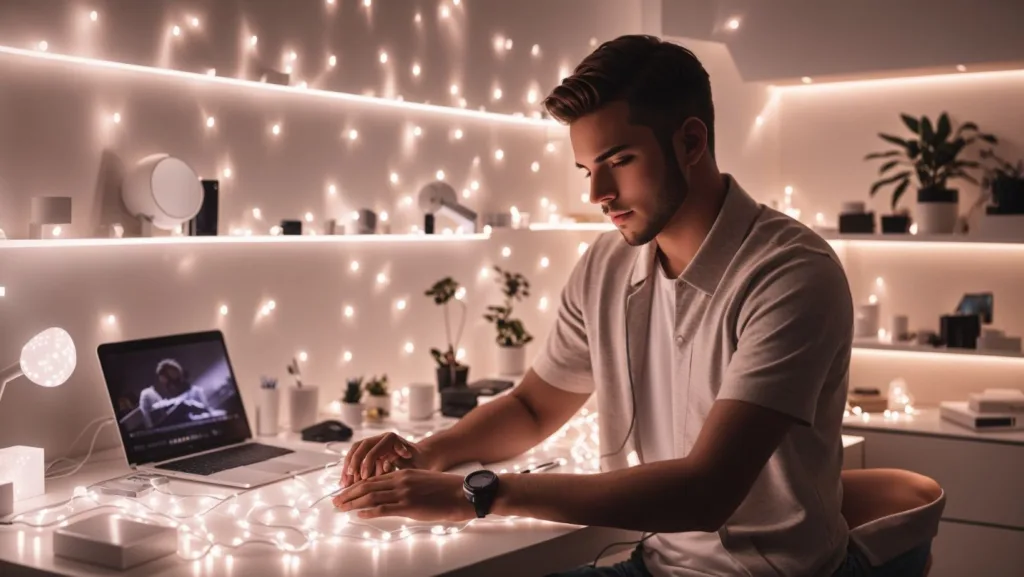
4 important Reasons why should you cover LED Lights:
Considerations for aesthetics:
LED lights can be dazzlingly bright, so covering them might help create a softer, more pleasant environment.
Light diffusion:
By covering LEDs, you may reduce sharp shadows and create a more evenly illuminated space.
Environmental protection:
In outdoor installations, covering LEDs can protect them from weather-related damage, extending their life.
Color customization:
Covers may change the color of the LED light, bringing a personal touch to your room.
Covers can help with privacy and glare reduction in instances when glare is an issue, such as in an office setting.
Covering your LED lights may cause you major Risk:
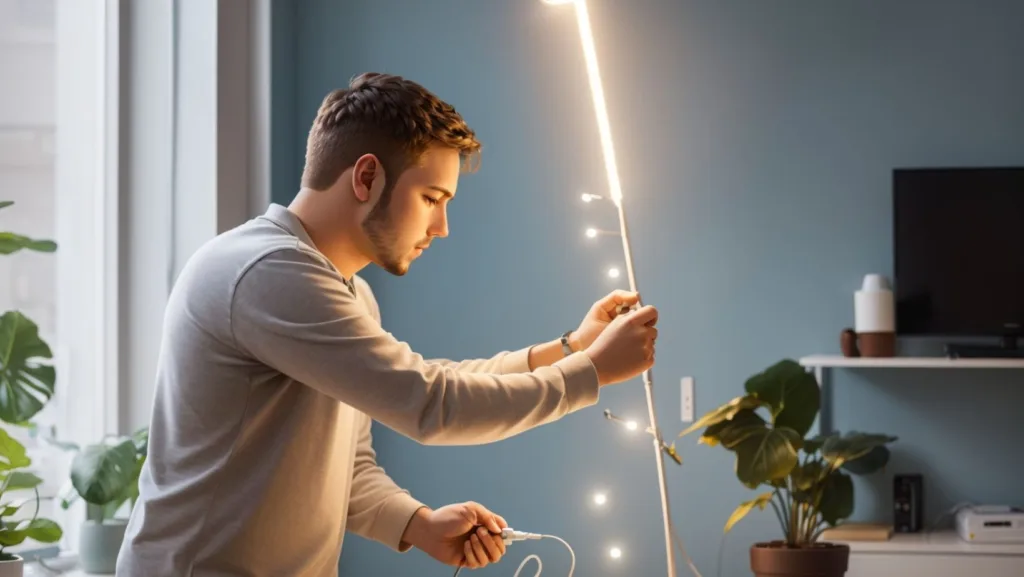
If not done correctly, covering LED lights can pose certain risks:
Heat buildup: Poorly designed covers can trap heat, potentially resulting in LED overheating. Heat buildup from covered LEDs could cause fire dangers in extreme circumstances.
Reduced longevity: Obstructing appropriate ventilation can cause your LED lights to have a shorter lifespan.
Reduced light output: Using the incorrect cover material can lower the quantity of light radiated.
Warranty and safety requirements: Changing the color of an LED light might void the warranty and breach safety laws.
LED Lighting Protection Options
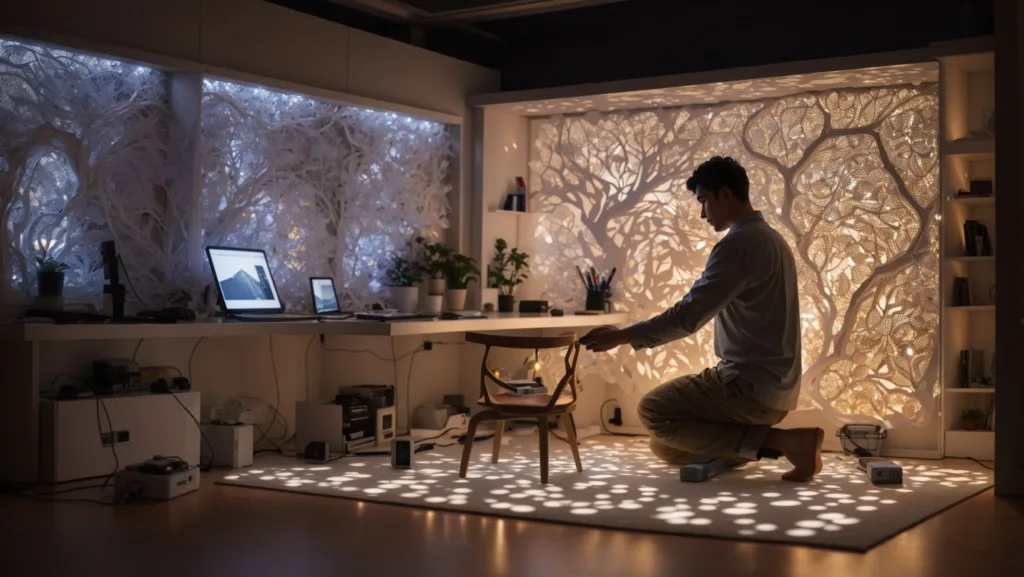
Consider the following options for LED Lighting Protection:
Transparent covers and diffusers: Choose covers that let light pass through while yet producing the required effects.
Heat-resistant materials: Choose materials that can withstand the heat produced by LEDs.
Ventilation and heat dissipation: To dissipate heat, ensure appropriate ventilation around the lights.
Professional installation: When in doubt, ask a professional to properly install covers.
Safety standards compliance: Ensure that your covers fulfill safety standards and laws.
10 Tips to Safely Covering LED Lights
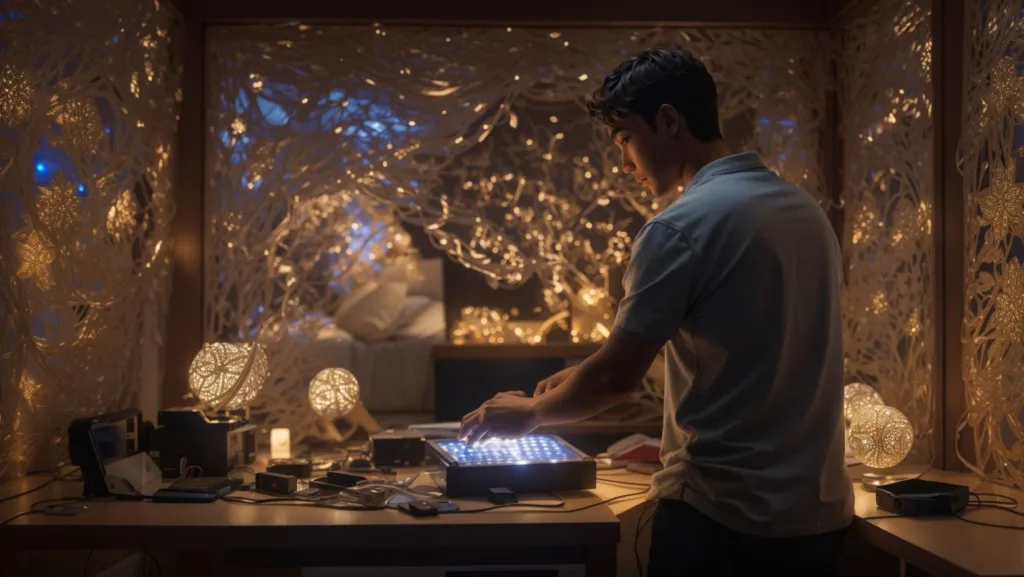
Here are some tips to ensure you covering LED lights safely:
1. Keep it in a Cool
LED lights might be cool in terms of style, but they can get hot, too. So, don’t smother them with anything that could trap heat. Remember, we’re aiming for ambiance, not accidental fire-starters. So, that fuzzy blanket as a cover? Nah, let’s save it for snuggling on the couch.
2. Use LED Specific Covers
Plastic covers are the unsung heroes of LED light safety. They’re heat-resistant and make excellent barriers against dust and moisture. Just make sure to go for covers designed specifically for LED lights – they’re like the superhero suits for your bulbs, minus the capes.
3. Tape with Caution
Tape can be your trusty sidekick in attaching plastic covers, but don’t go overboard. Regular adhesive tape is a no-no. It can leave a sticky mess and wilt under the heat. Instead, pick up some double-sided LED-specific tape or clips designed to keep covers securely in place without causing a sticky situation.
4. Give Them Space
No one likes being crowded, especially not LED bulbs. So, when you’re covering them, keep your covers at a safe distance. The last thing we want is a hot, sweaty bulb. Think of it as social distancing for your lights.
5. Proper Ventilation
Proper ventilation is the key to LED happiness. Don’t completely seal off your LED lights. Leave a small opening for airflow, especially if your cover encloses the lights entirely. It’s like giving them a window to catch a breeze without actually having one.
6. Mind the Wattage
LED lights come in different shapes and sizes, and they’re not all created equal. It’s crucial to check the wattage of your LED lights and ensure that your chosen cover can handle it. Overloading a cover with too much wattage is like trying to fit into your favorite jeans after Thanksgiving dinner – not pretty.
7. The DIY Danger Zone
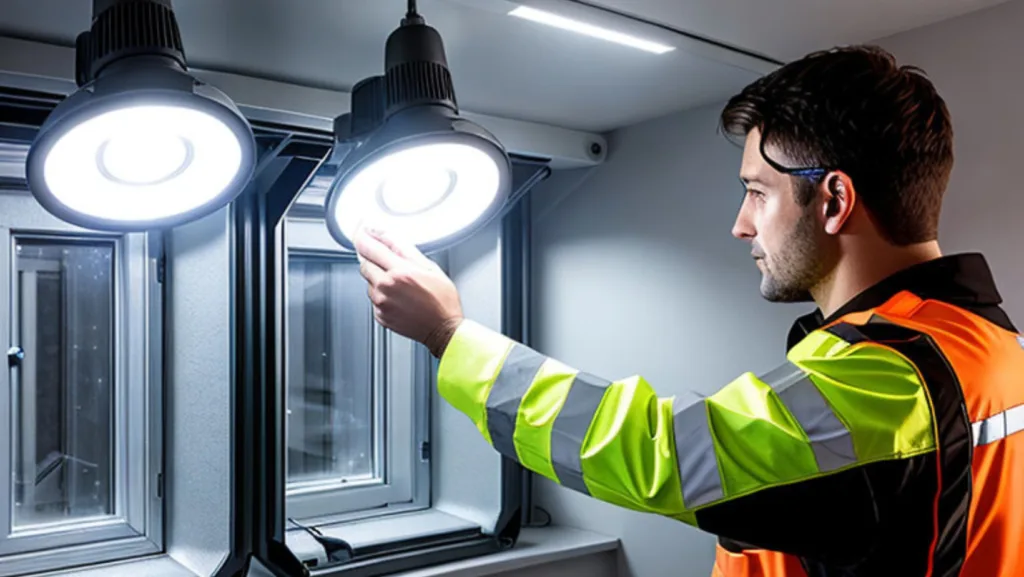
DIY is fantastic, but when it comes to covering LED lights, tread carefully. Avoid makeshift covers or modifications that could jeopardize safety. Your home isn’t a lighting experiment lab – unless you’re a professional, of course!
8. Use Dust Resistant Covers
LED lights might not show dust as much as traditional bulbs, but they still collect it. So, when you’re choosing a cover, opt for one that can keep the dust at bay. It’s like giving your lights a mini spa day – dust-free and fabulous.
9. Keep ‘Em Dry
Moisture and electricity? Not a good mix. So, pick a cover that can protect your LED lights from moisture. Whether it’s humidity in the bathroom or the occasional spill in the kitchen, your lights will thank you for their raincoat.
10. Consult the Professional
When in doubt, it’s never a bad idea to consult with a lighting expert. They’ve seen it all and can provide valuable insights. Plus, you’ll get some professional advice and a good story to tell at your next dinner party. Win-win!
Read More: 6 Steps Easy Guide on how to reset LED lights! ( if your LED lights started to throw a tantrum and refuse to work as expected. then it’s essential to know how to reset LED lights to get them back on track. This article will you comprhensive guide on How to reset LED Lights.
Read More: Benefits of Covering LED Lights (LED lights are trendy in every household, this article covers the benefits of covering LED Lights)
Conclusion – Is it Safe to Cover LED Lights

In conclusion, covering LED lights can be both safe and aesthetically pleasing if done correctly. Understanding the advantages, reasons, risks, and safety measures is essential. Prioritize safety, follow best practices, and consult professionals when in doubt. With the right approach, you can enjoy the benefits of covered LED lights without compromising on safety or performance.
I hope now you have a Clear Idea on Is it Safe to Cover LED Lights. So, if you find this article valuable comment “LED Lights” as an gesture of gratitude.
Frequently Asked Questions
Is it safe to use tape on LED lights?
It’s generally safe to put tape on LED lights, but it’s important to use the right type of tape. Regular adhesive tape may not be heat-resistant and could leave a sticky residue. It’s better to use double-sided LED-specific tape or clips designed for LED lights to ensure a secure and safe attachment without causing damage or mess.
Do LED lights get hot when covered?
Yes, LED lights can generate heat when covered. While they produce less heat than traditional incandescent bulbs, covering them with materials that don’t allow for heat dissipation can cause them to become warmer. It’s important to use suitable coverings that are heat-resistant and allow for proper ventilation to prevent overheating.
Can you cover LED strip lights?
Yes, you can cover LED strip lights with appropriate materials like plastic covers or diffusers designed specifically for LED strips. These covers help protect the strips while diffusing the light as needed, ensuring safety and functionality.
Can you cover LED lights with fabric?
It’s generally not recommended to cover LED lights with fabric, as fabrics can trap heat and pose a fire hazard. If fabric must be used, ensure it’s flame-resistant and doesn’t come into direct contact with the LED bulbs to minimize risks.
Can you cover LED lights with plastic?
Yes, you can cover LED lights with plastic materials designed for the purpose. These plastic covers or diffusers are safe and help diffuse the light while protecting the LEDs.
What Can You Use to Cover Led Lights?
To cover LED lights effectively, you can use LED-specific covers, plastic materials, or diffusers designed specifically for LED lighting. These options help protect the LEDs while diffusing the light as desired, enhancing both safety and aesthetics.
Can Led Strip Lights Be Covered?
Yes, LED strip lights can be safely covered with suitable materials such as plastic covers or diffusers designed for LEDs. This helps diffuse the light and protect the strips while maintaining their functionality.
Is It Safe to Cover Led Lights With Paper?
Covering LED lights with fire-resistant paper can be safe, ensuring it doesn’t touch bulbs. LED strip lights can be covered using suitable materials like plastic covers or diffusers designed for LEDs. Opt for LED-specific covers or plastic materials to ensure safety and effective diffusion of light.



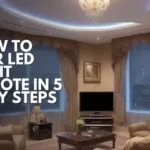



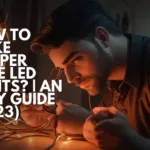

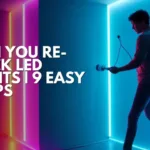

4 thoughts on “Is it Safe to Cover LED Lights? (11 facts you need to Know)”